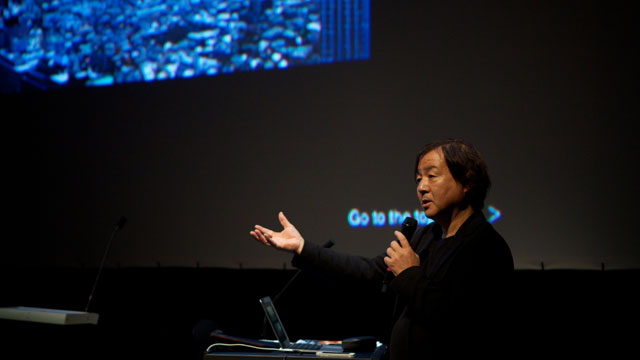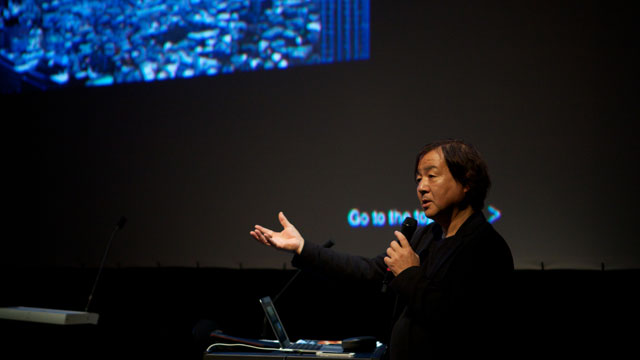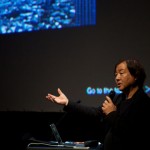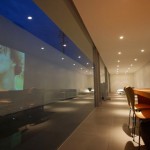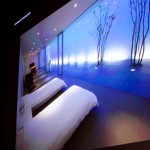Recent Lecture: Shinichi Ogawa
Mon Oct 7th, 6pm @ EMPAC.
“Invisible Detail: Between Minimal and Maximal”.
Japanese architect Shinichi Ogawa was born in Yamaguchi. He received his diploma from Nihon University in 1978. While studying, he participated in a exchange scholarship program at Washington State University. In 1984, he was awarded a fellowship from the Japanese government to study outside of Japan, directing his studies to New York City where he worked on Paul Rudolph and Arquitectonica offices. In 1986, he opened the office Shinichi Ogawa & Associates in the city of Hiroshima. He contributed to the Pavilion of Japan at the 19th International Exposition Triennale of Milan and the UIA Barcelona’ 96.
He is a Professor at Kinki University School of Engineering, a lecturer at Nihon University College of Art, and also teach as Visiting Professor at the Edinburgh College of Art, Scotland.
Architecture must be freed from all styles or concepts and be neutral. Existing styles or concepts alone are not enough to produce architectural space. By reassembling architecture on an abstract level liberated from architectural concepts or vocabularies, space becomes all things yet nothing, thereby acquiring greater freedom. Malevich’s Suprematism suggested an absolute non-representationality that transcended even abstract painting. It did not recreate anything ; at the same time , it presented an unlimited space and universe. It provided a place where space in a liberated condition was generated. Architecture did not assert itself as a thing. Space itself was neutral, and the diverse flows of things and information were unimpeded. The convertibility of functions and forms permits the simultaneous development and parallel coexistence of all things and a high degree of choice. A neutral space becomes the foundation promoting the exchange of human thoughts, emotions and actions and a horizon generating diverse interpretations, view points and functions [1].
[1] Shinichi Ogawa, Transbody/Super traffic 8 Codes’, Space Design, Tokyo, Number 6, 1999
Related Links: www.shinichiogawa.com
www.archdaily.com/tag/shinichi-ogawa-associates
www.dezeen.com/tag/shinichi-ogawa-associates
www.japan-architects.com/ja/shinichi_ogawa
///
